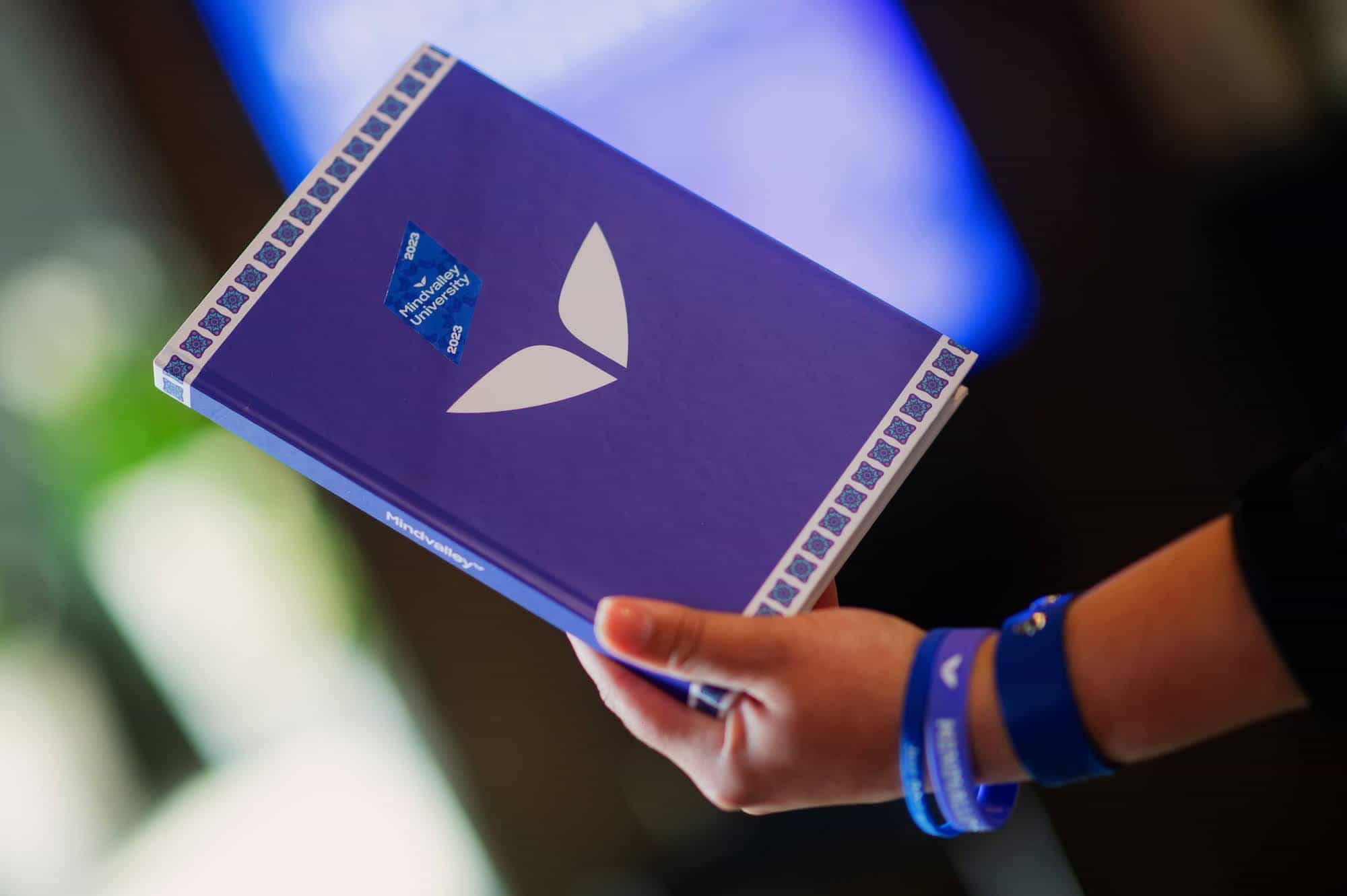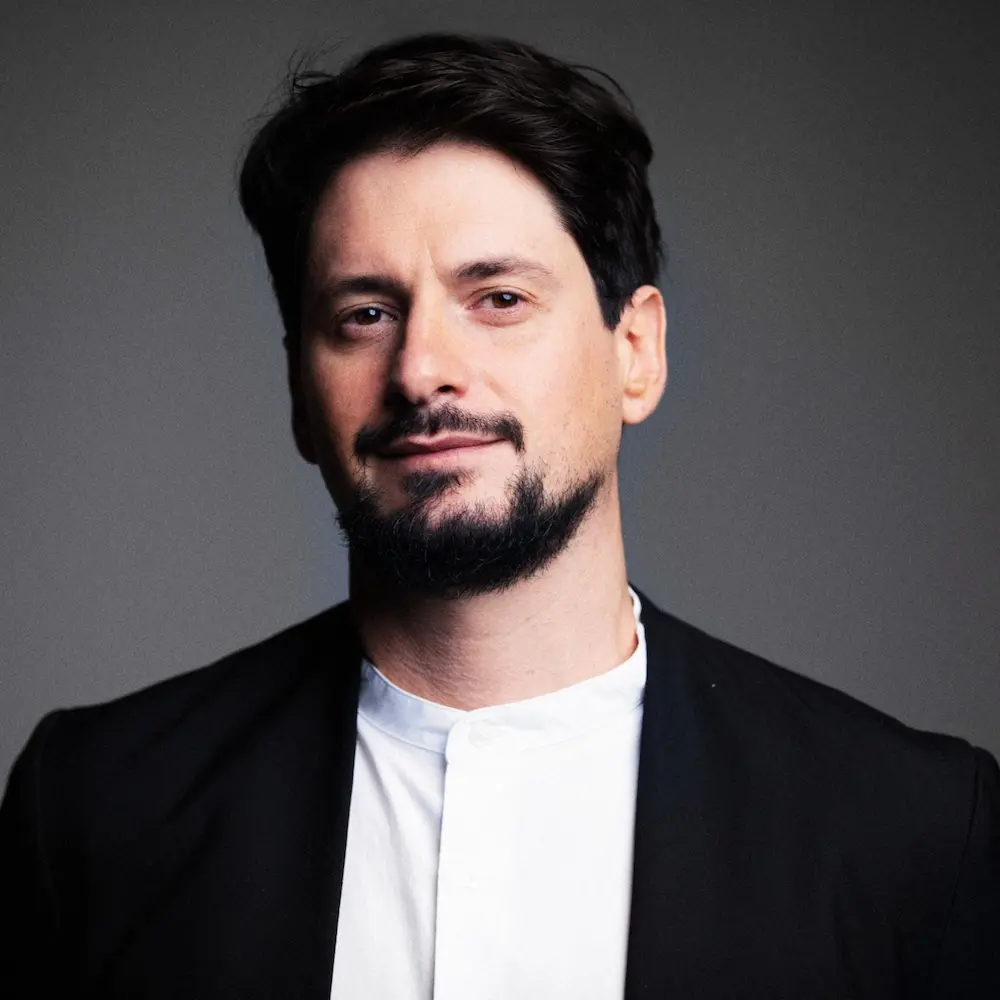In today’s crowded marketplace, building a strong brand is more important than ever. But it’s not just about slapping a cool logo on a product and calling it a day; rather, it’s about understanding what belongs in your unique brand universe and what doesn’t.
That’s where brand architecture comes in.
Think of it as the blueprint for your brand—the framework that supports everything from your company’s values to the way you communicate with your audience. It’s the foundation upon which successful brands like Disney, Nike, Tesla, Airbnb, and Mindvalley are built.
It’s not always easy to get it right, though. With expert guidance from Jeffrey Perlman, a branding expert and the trainer of Mindvalley’s Building an Unstoppable Brand Quest, there are the ins and outs of brand architecture you should familiarize yourself with.
Here’s the thing: Without a strong foundation, you’ll have trouble creating anything of value, as the saying goes. And to stand the test of time, your brand needs a solid brand architecture framework and an understanding of what works best for you.
What is brand architecture?
A good brand architecture helps you organize and structure all the different parts of your brand, like the logo, messaging, and personality. It brings together all the components of your brand in a seamless and cohesive way, creating a brand identity that is consistent and easy to recognize.
Without a strong architecture, your brand could become chaotic and confusing, with different parts competing for attention and sending mixed messages to your customers.
One example is Minute Maid, a brand under the Coca-Cola company that has a reputation for “freshness.” So if the parent company were to call the juice makers “Minute Maid by Coca-Cola,” it would be contradictory, and chances are, it’d confuse their consumers.
Moreover, statistics show that companies that don’t focus on branding to connect with their audience have a -18% customer value. So a well-designed foundation is essential to standing out from the competition.
“Defining what brand architecture is right for you,” explains Jeffrey, “is a function of your brand promise and your brand experience.” And learning how to build a brand can take you from laying the concrete to building a mansion.
The brand architecture models
When it comes to brand architecture, Jeffrey introduces four different models that businesses can use to organize and structure their brands. The most suitable one for your business depends on various factors, such as your industry, target audience, and marketing objectives.
Let’s take a closer look at the four brand architecture models.
1. Unified brands
“A unified brand sells the same experience and the same promise,” Jeffrey explains. And one of the best examples of this brand architecture is Apple.
All of its products, including the iPhone, iPad, and MacBook, are marketed in such a way that people know they’re getting an Apple. The experience is the same (using it makes them feel like they’re somehow a better person), and the promise is, too (sleek, clean designs to inspire people to see the world a little differently).
Using neuromarketing to connect on an emotional level, customers can quickly recognize and identify the brand image. This helps build trust and loyalty, as well as establish the brand as a symbol of quality and reliability.
2. Brand extension
This model is about selling the same experience but with different promises. For example, Disney has its theme park, but it also has its movie franchise, merchandise, and so on and so forth. And while each extension has its own promise, it’s always, according to Jeffrey, “the same experience”—the Disney magic.
There are plenty of pros to brand extensions, one of which is that they allow you to use your existing brand name and reputation to introduce new products or services. This will save time and resources that would otherwise be required to build a new brand from scratch.
Moreover, this model can help increase customer loyalty, as customers are more likely to try new products from a brand they already trust.
3. Brand endorsement
It’s all about different promises and different experiences when it comes to brand endorsement. With that being said, this brand architecture model capitalizes on endorsing brands.
Jeff gives the example of Marvel with the Marvel Avengers, the Marvel X-Men, and so on. The brand itself is the endorsement—the quality assurance.
It allows the company to introduce new products or services (or, in the case of Marvel, a new superhero movie) and make them go viral under a different brand name. All the while, it still benefits from the credibility and trust associated with the established brand.
“If Marvel is launching a new movie, it gives you certainty,” Jeffrey adds. “It gives you the certainty that the movie is going to have a certain amount of quality.”
4. Individual brands
These are the brands that stand on their own two feet. They’re stand-alone, with their own logo, slogan, and brand message.
This model is often used when a company has many different products or services that don’t quite fit under one brand. This approach allows companies to focus on the unique features and benefits of each product or service without worrying about how they fit into a larger brand image.
A prime example would be Procter & Gamble, the parent company that owns several individual brands like Crest, Tide, and Pampers. Each of these individual brands has its own distinct brand identity, target audience, and marketing strategy.
Additionally, personal branding also falls under this architecture model. For instance, Kim Kardashian is her own brand, but she still has KKW and SKIMS under her brand umbrella as well.
What’s more, individual brands don’t need any endorsement from the parent brand. As a matter of fact, it would only get in the way, according to Jeffrey.
5. Hybrid brands
Sometimes things aren’t so straightforward, and that’s where hybrids exist. In the case of brand architecture, it’s the combination of two types of brands: business and personal.
This model is often seen when there’s a celebrity with a brand. For example, Gwyneth Paltrow and Goop; Rihanna and Fenty; Jessica Alba and The Honest Company; George Clooney and Casamigos; and Vishen and Mindvalley.
Sure, they look good in pictures, but having them front and center adds a human element to the brand. It’s no longer about a product; rather, it’s about relatability, where the story is, “This person’s gone through it, and I know how that feels.” And in turn, it allows the brand to connect with customers on a deeper level and form trust.

Why is brand architecture important?
A solid brand architecture serves as a foundation for building a memorable and effective brand with a signature style that resonates with your target audience. What’s more, it ensures your branding is consistent across all platforms, like your website, social media, and packaging.
A well-designed brand architecture strategy can do several things for you:
- It can help you differentiate yourself from your competitors,
- Build trust and loyalty with your customers, and
- Ultimately drive sales and revenue growth.
Let’s paint a picture. Say you have business ideas that benefit women specifically. Your brand architecture will help you streamline your marketing efforts and allocate resources effectively. You can focus your efforts on the brands, products, or services that are specifically for women.
The key thing here is to remember: do not create customer confusion. “You want to keep the messages clear,” Jeffrey advises.
Blueprint your brand for success
“Brand is everything,” says Jeffrey. And brand architecture is the way to ensure yours stands among the G.O.A.T.s like Apple, Disney, Mindvalley, and so many more.
If you’re ready to take your brand to the next level, head over to Mindvalley and join Jeffrey Perlman’s Building an Unstoppable Brand Quest at Mindvalley. With guidance from the master of branding himself, you’ll learn how to:
- Build your game-changing brand,
- Make better business decisions,
- Drive lightening-fast (yet sustainable) growth,
- Expand your impact and influence,
- Develop your personal brand, and
- So much more.
The great thing is, when you sign up for an account, you can check out the first few lessons for free.
As entrepreneur Jim Rohn says, “Whatever good things we build end up building us.” And whatever brand you build, that’s where you may just find your greatness.
Welcome in.









